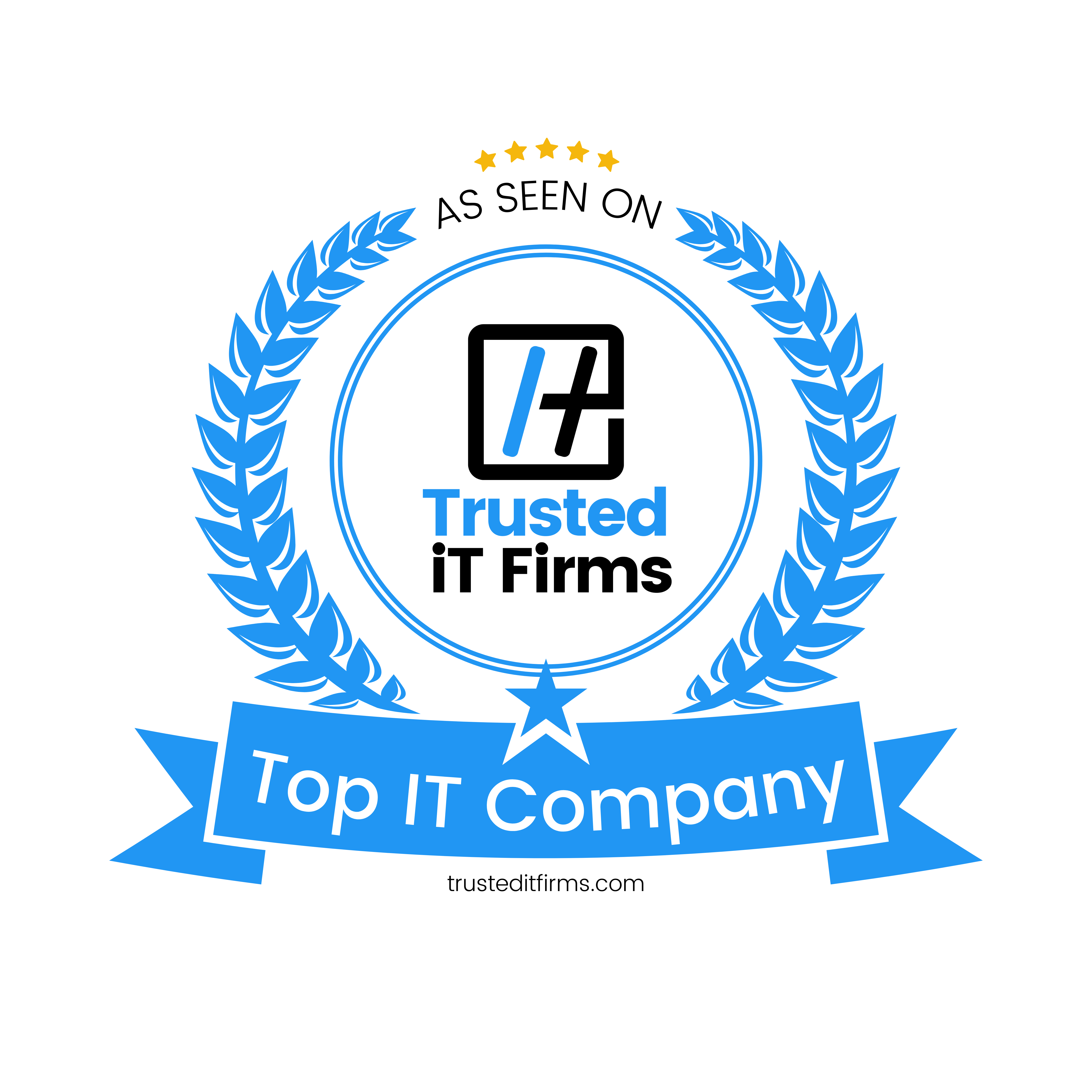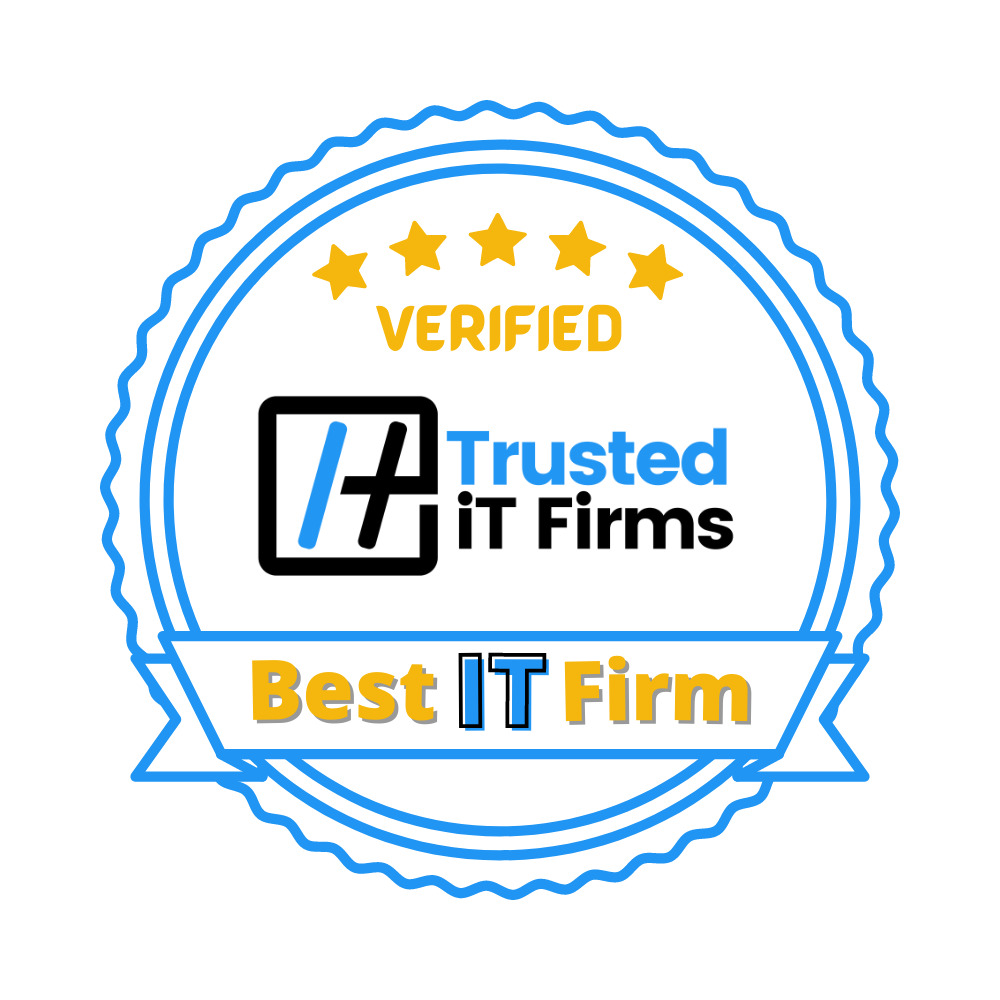
Unraveling the Efficiency: A Deep Dive into Vendor Management Systems

In the intricate landscape of modern business operations, effective vendor management is paramount. Among the arsenal of tools available, Vendor Management Systems (VMS) stand out as a cornerstone for streamlining procurement processes and maximizing efficiency. In this comprehensive guide, we delve into the depths of VMS, exploring their significance, functionalities, benefits, and key considerations.
Understanding Vendor Management Systems:
Vendor Management Systems are software solutions designed to facilitate the management of vendor relationships, procurement processes, and contract management. They offer a centralized platform for businesses to oversee various aspects of their vendor interactions, ranging from vendor selection and onboarding to performance evaluation and payment processing.
Key Features and Functionalities:
- Vendor Database Management: Maintain a comprehensive database of vendors, including contact information, contracts, and performance history.
- Procurement Automation: Streamline the procurement process with automated workflows for requisition, approval, and purchase order generation.
- Contract Lifecycle Management: Monitor contract statuses, deadlines, and terms, ensuring compliance and mitigating risks.
- Performance Tracking and Evaluation: Track vendor performance metrics such as quality, delivery timeliness, and customer satisfaction to optimize vendor relationships.
- Invoice and Payment Processing: Simplify invoice validation, approval, and payment processes to enhance financial transparency and control.
Benefits of Implementing VMS:
- Cost Savings: By optimizing procurement processes and negotiating favorable terms with vendors, businesses can achieve significant cost savings.
- Enhanced Efficiency: VMS streamline workflows, reduce manual tasks, and minimize errors, leading to improved operational efficiency.
- Improved Compliance: Ensure regulatory compliance and mitigate risks by centralizing contract management and monitoring vendor performance.
- Greater Visibility: Gain real-time insights into vendor activities, expenditures, and performance, empowering informed decision-making.
- Scalability: VMS are scalable solutions that can adapt to the evolving needs of businesses, supporting growth and expansion.
Considerations Before Implementation:
- Customization: Choose a VMS that can be tailored to suit your specific business requirements and industry nuances.
- Integration: Ensure seamless integration with existing enterprise systems such as ERP, CRM, and accounting software.
- Vendor Support: Evaluate the level of customer support and training provided by the VMS vendor to facilitate smooth implementation and ongoing usage.
- Data Security: Prioritize VMS solutions with robust security measures to safeguard sensitive vendor and procurement data.
Conclusion:
Vendor Management Systems represent a pivotal tool in modernizing procurement practices and optimizing vendor relationships. By harnessing the power of VMS, businesses can drive cost savings, enhance efficiency, and achieve greater transparency and control over their procurement processes. As the business landscape continues to evolve, investing in a robust VMS can provide a competitive edge and pave the way for sustained success in vendor management.


